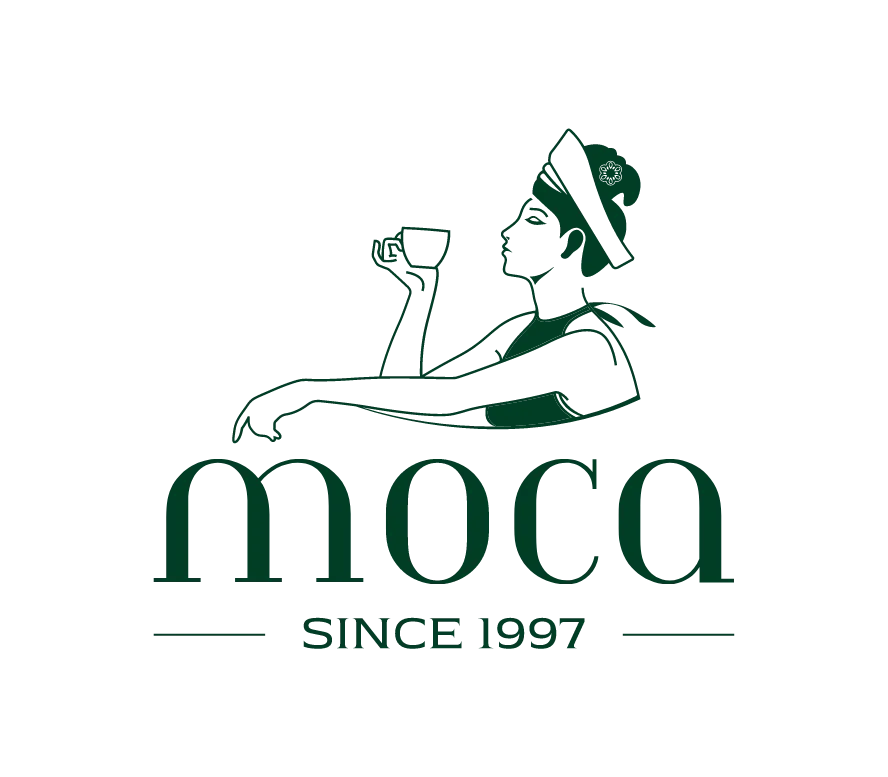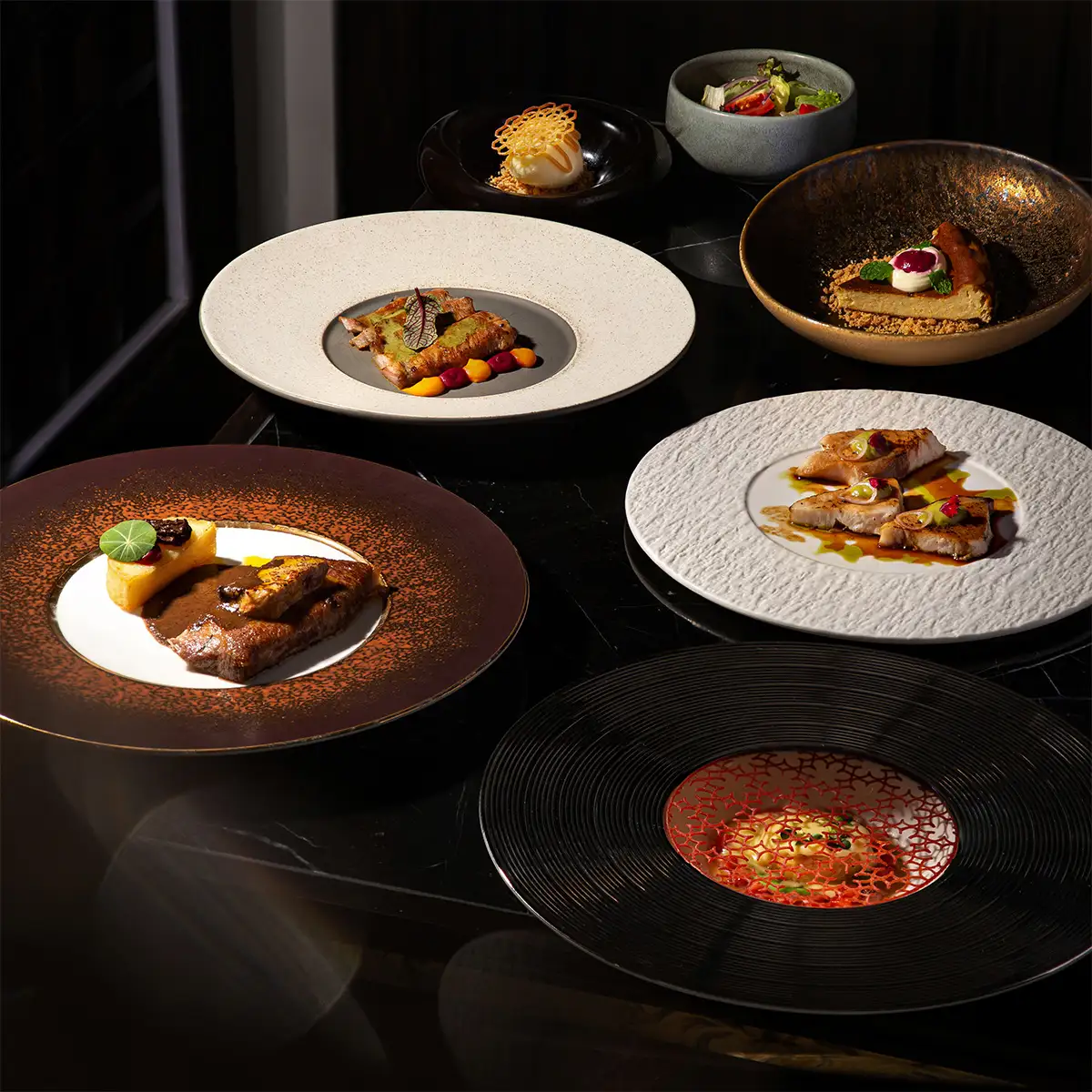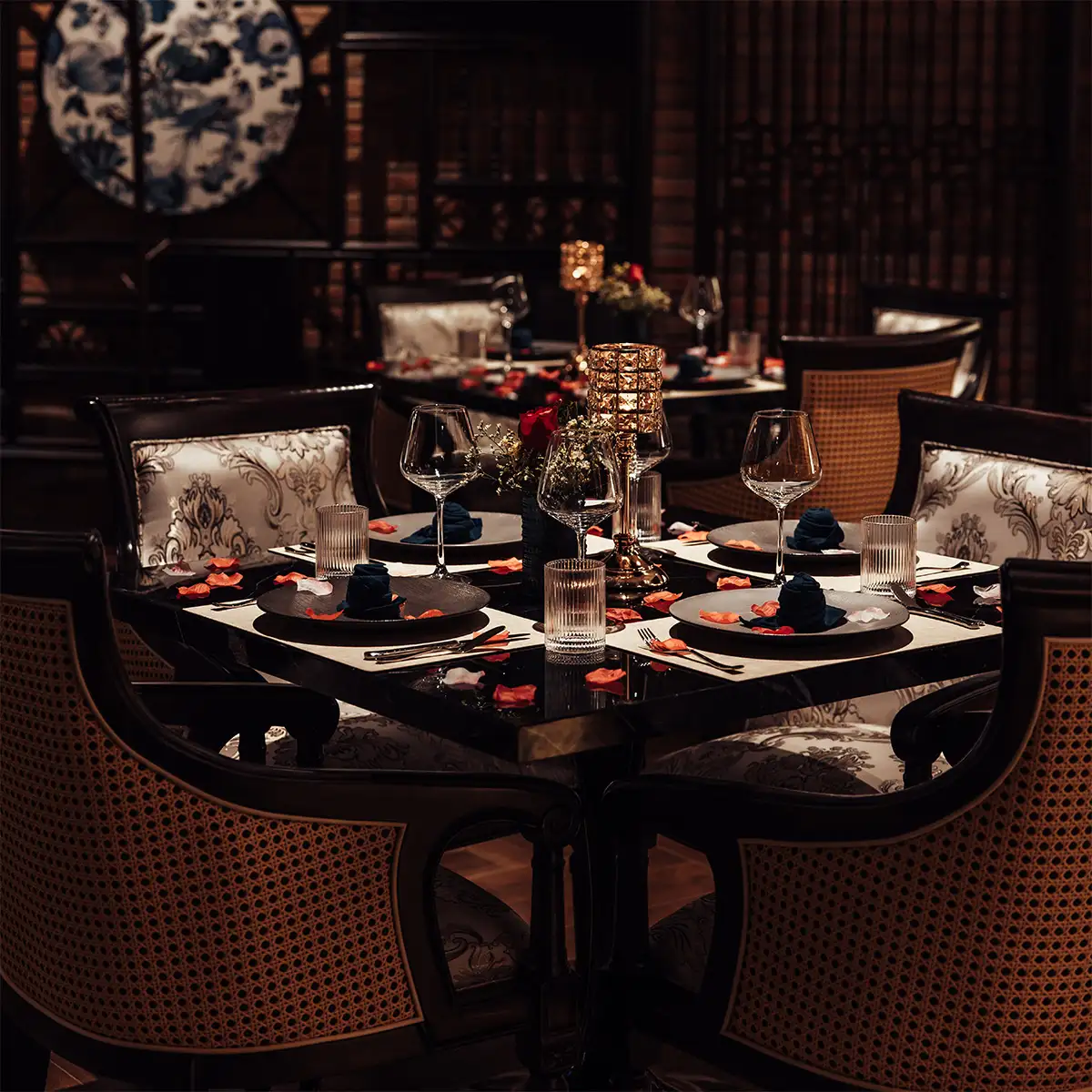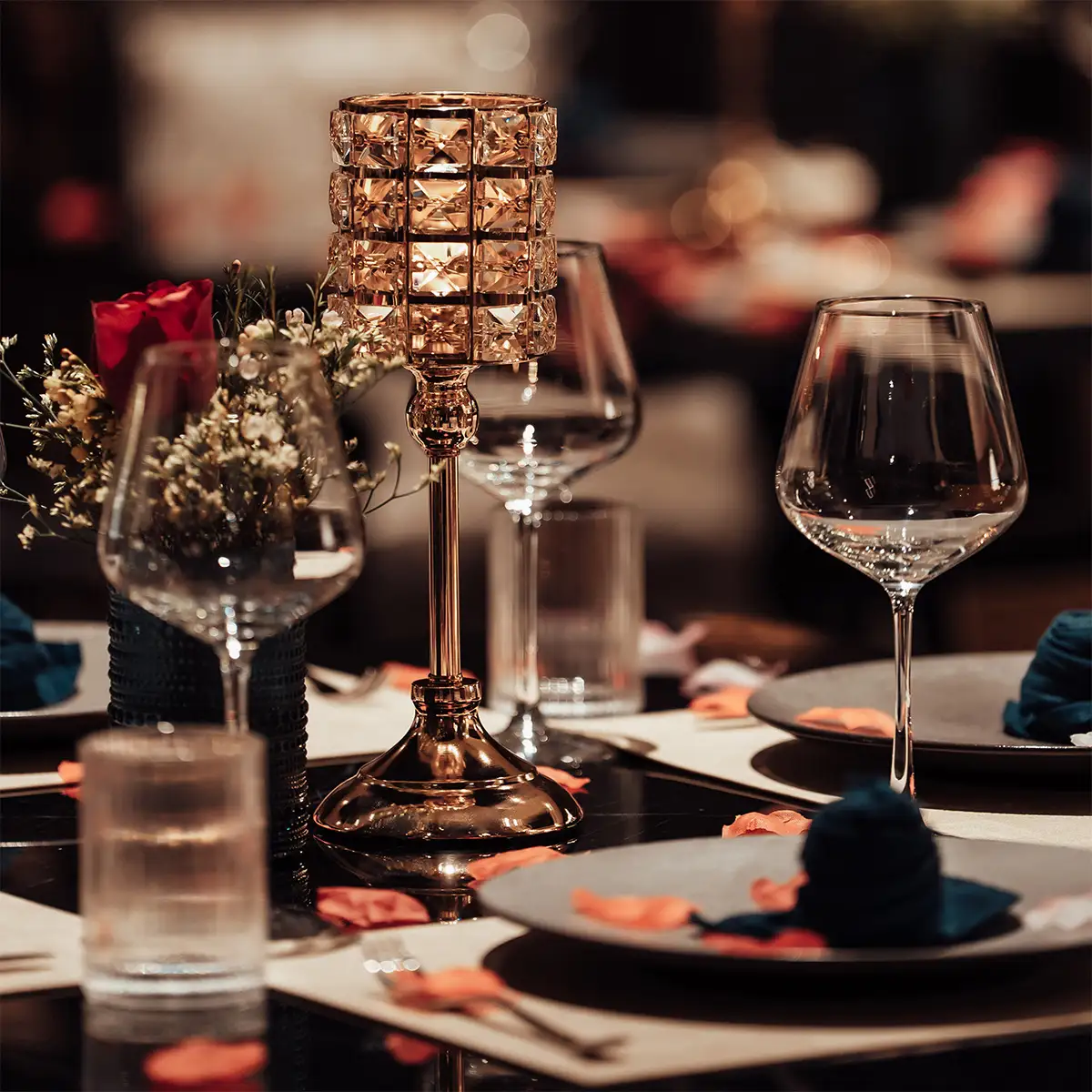The world of Michelin-starred chefs and their culinary creations is often shrouded in an aura of mystique and exclusivity. The precision, artistry, and dedication required to achieve such recognition can seem unattainable for the average home cook. However, the truth is that many of the fundamental principles and techniques employed by these culinary masters can be adapted and incorporated into home cooking. This article aims to provide a curated selection of accessible Michelin chef recipes, demystifying the process and empowering home cooks to elevate their culinary skills. While some advanced techniques may require specialized equipment or extensive training, many Michelin chef recipes are surprisingly adaptable, allowing anyone to bring a touch of Michelin magic into their own kitchen.
1. Understanding the Michelin philosophy in recipes
At the heart of all Michelin chef recipes lies a distinct philosophy that guides the selection of ingredients, the execution of techniques, and the overall presentation of the dish. Understanding this philosophy is crucial for successfully adapting these recipes for the home kitchen.
- Ingredient focus: Michelin chef recipes invariably emphasize the use of fresh, high-quality, and seasonal ingredients. The selection of these ingredients is paramount, as they form the foundation of the dish's flavor profile. To source the best ingredients, consider visiting local farmers' markets, specialty food stores, or reputable online suppliers. Prioritize seasonal produce, as it is typically at its peak flavor and nutritional value. For protein sources, opt for sustainably raised meats and freshly caught seafood.
- Technique adaptability: While some Michelin chef recipes may call for advanced culinary techniques, many showcase fundamental techniques that can be readily mastered at home. These include sautéing, braising, roasting, and poaching. For complex techniques, such as sous vide or spherification, modifications can be made to achieve similar results with simpler equipment.
- Flavor balancing: A hallmark of Michelin chef recipes is the artful balancing of flavors. Sweet, sour, salty, bitter, and umami notes are carefully considered to create a harmonious and complex flavor profile. To achieve this balance, taste frequently throughout the cooking process and adjust seasoning and acidity as needed. A squeeze of lemon juice or a pinch of salt can often make a significant difference.
- Presentation inspiration: Michelin chef recipes are not only about taste but also about visual appeal. The presentation of the dish is carefully considered to create an aesthetically pleasing experience. While elaborate plating techniques may seem daunting, simple techniques such as arranging ingredients artfully, using contrasting colors, and adding a garnish can elevate the presentation of any dish.
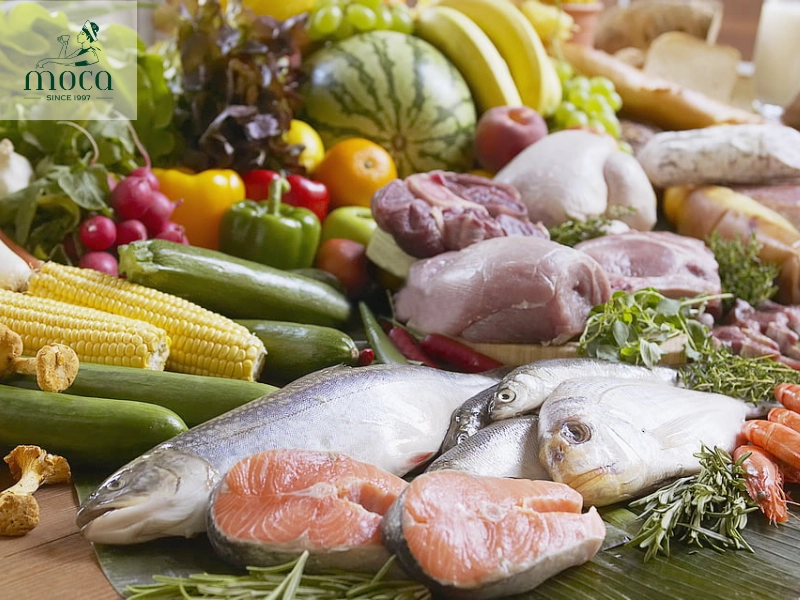
Michelin chef recipes focus on fresh ingredients, balanced flavors, and artistic presentation, making fine dining accessible at home.
Learn more: Michelin Cooking Techniques: Secrets to Culinary Excellence
2. Essential techniques to master
While Michelin chef recipes can seem intimidating, mastering a few essential techniques will significantly improve your ability to execute them successfully. These techniques form the building blocks of many complex dishes and are crucial for achieving professional-level results.
Sauce making:
Sauces are the backbone of many Michelin Chef Recipes, adding depth, richness, and complexity to dishes. A classic sauce to master is Béchamel:
- Recipe: Melt 2 tablespoons of butter in a saucepan over medium heat. Whisk in 2 tablespoons of all-purpose flour and cook for 1-2 minutes, until a smooth paste forms (a roux). Gradually whisk in 2 cups of warm milk, stirring constantly to prevent lumps. Bring to a simmer and cook for 5-7 minutes, until the sauce thickens. Season with salt, pepper, and a pinch of nutmeg.
- Principles: Understanding reduction (concentrating flavors by simmering) and emulsification (combining liquids that don't typically mix, like oil and water) is key to successful sauce making.
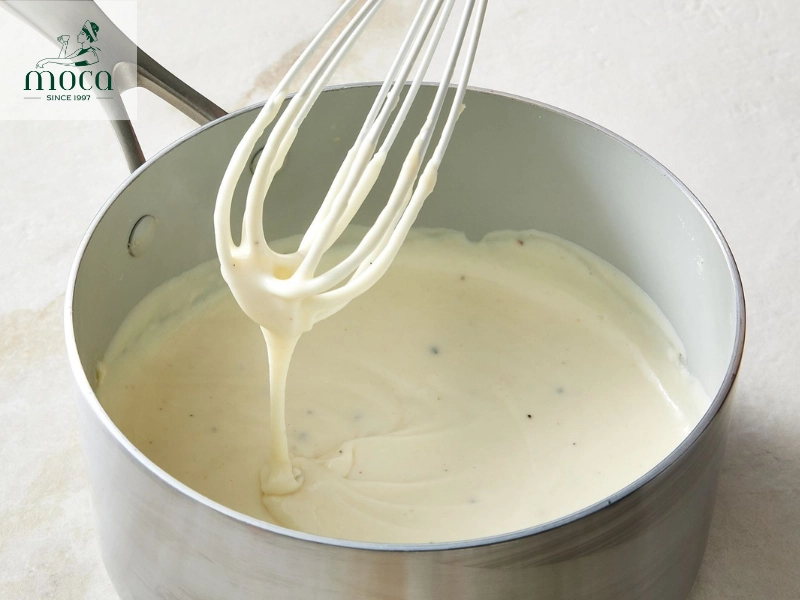
Mastering sauces like Béchamel is essential in Michelin recipes, adding depth and richness to every dish.
Stock Preparation:
A flavorful homemade stock is essential for creating rich and complex sauces, soups, and braises.
- Recipe: For chicken stock, combine chicken bones, vegetable scraps (onion, carrots, celery), herbs (parsley, thyme), and peppercorns in a large pot. Cover with cold water and bring to a simmer. Reduce heat and simmer for at least 4 hours, skimming off any foam that rises to the surface. Strain the stock through a fine-mesh sieve.
- Importance: Using high-quality ingredients and simmering for a long period extracts maximum flavor from the bones and vegetables, resulting in a more flavorful stock.
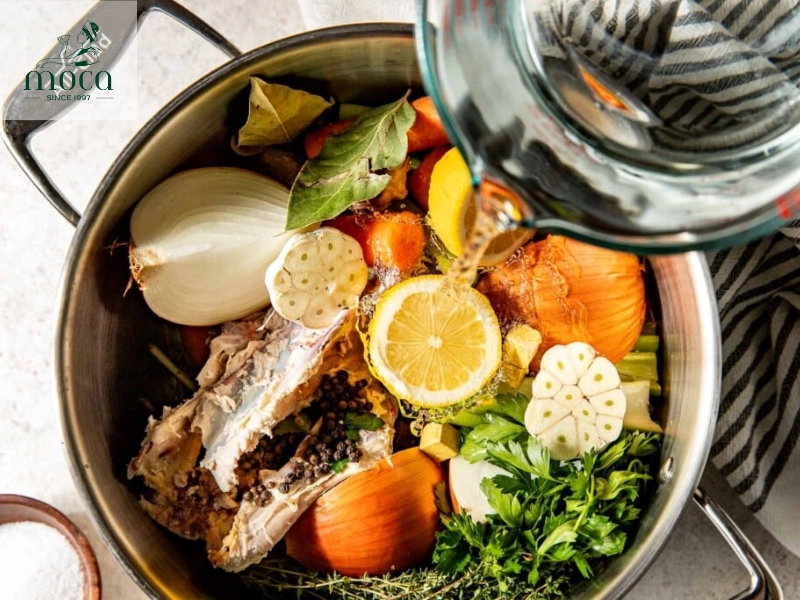
Homemade stock is the foundation of rich flavors, extracted slowly for maximum depth and complexity.
Knife Skills:
Precise and consistent knife cuts are essential for even cooking and visually appealing presentation in Michelin Chef Recipes.
- Tips: Practice proper grip (pinch the blade near the bolster) and cutting techniques (rocking motion). Invest in a sharp knife and learn how to maintain its edge. A sharp knife is safer and more efficient.
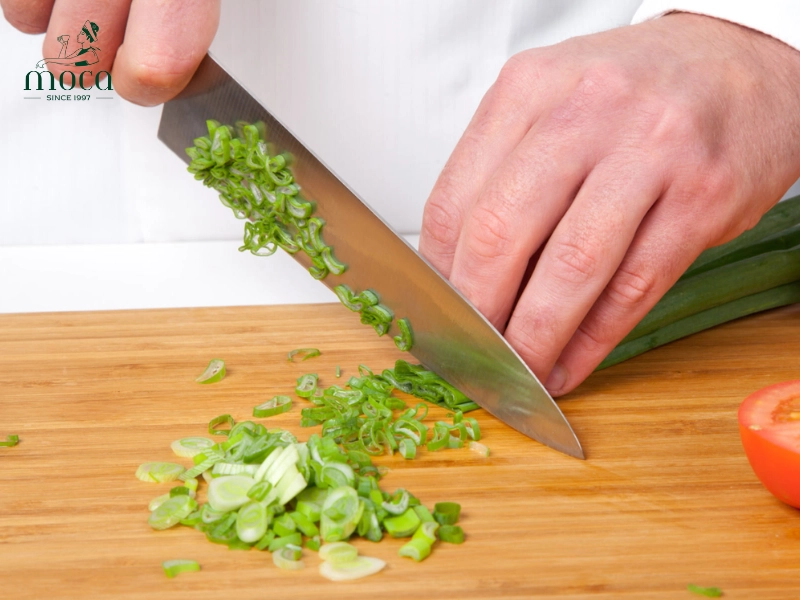
Mastering knife skills is key to both precise cooking and beautiful presentation in Michelin dishes.
Temperature Control:
Accurate temperature control is crucial for achieving the perfect doneness for meats, fish, and other delicate ingredients in Michelin Chef Recipes.
- Guidelines: Use a thermometer to monitor cooking temperatures. For medium-rare steak, aim for an internal temperature of 130-135°F. For salmon, cook to an internal temperature of 145°F. Overcooking can result in dry, tough, or rubbery textures.
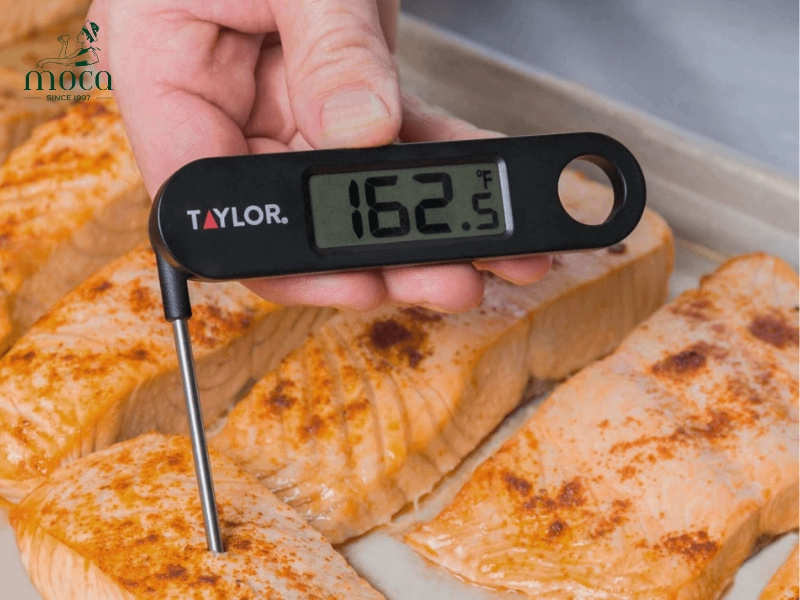
Perfectly cooked meat or fish is achieved through precise temperature control, ensuring tenderness and optimal texture.
Learn more: Michelin Cuisine: Exploring the Art and Innovation of Starred Restaurants
3. Resources for finding Michelin chef recipes
Embarking on the journey of mastering Michelin chef recipes requires access to reliable and inspiring resources. Fortunately, a wealth of information is available to aspiring home cooks, ranging from cookbooks to online platforms and culinary training programs.
Cookbooks by Michelin-Starred Chefs:
Several Michelin-starred chefs have published cookbooks that offer accessible recipes and insights into their culinary philosophies. Some highly recommended titles include:
- The French Laundry Cookbook by Thomas Keller: While some recipes are complex, Keller's book provides a deep understanding of fundamental techniques and ingredient selection.
- Simple by Yotam Ottolenghi: Ottolenghi's recipes are known for their vibrant flavors and relatively straightforward techniques, making them ideal for home cooks.
- Mastering the Art of French Cooking by Julia Child: A classic resource for mastering essential French cooking techniques, which are foundational to many Michelin Chef Recipes.
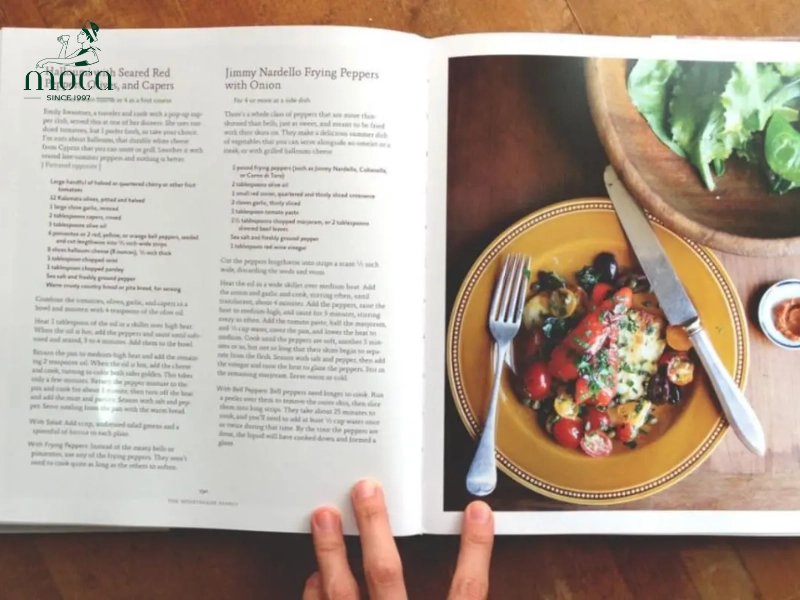
Michelin-starred cookbooks and online resources provide aspiring chefs with the tools to recreate fine dining at home.
Online Culinary Websites and Blogs:
Numerous reputable websites and blogs feature Michelin Chef Recipes or adaptations thereof. Some notable resources include:
- Fine Cooking : Offers a wide range of recipes and techniques, including those inspired by Michelin-starred chefs.
- Food & Wine: Features articles, recipes, and videos from renowned chefs and culinary experts.
- ChefSteps: Provides in-depth tutorials and recipes, often focusing on advanced techniques used in Michelin-starred kitchens.

Reputable culinary websites and blogs offer a wealth of Michelin-inspired recipes and techniques, making fine dining accessible to all.
Culinary Schools and Training Programs:
For those seeking a more immersive learning experience, culinary schools offer courses on Michelin-level cooking techniques. Some reputable institutions include:
- Le Cordon Bleu : Offers a wide range of culinary programs, from basic to advanced levels.
- The Culinary Institute of America : Provides comprehensive culinary education, with a focus on classic techniques and modern innovations.
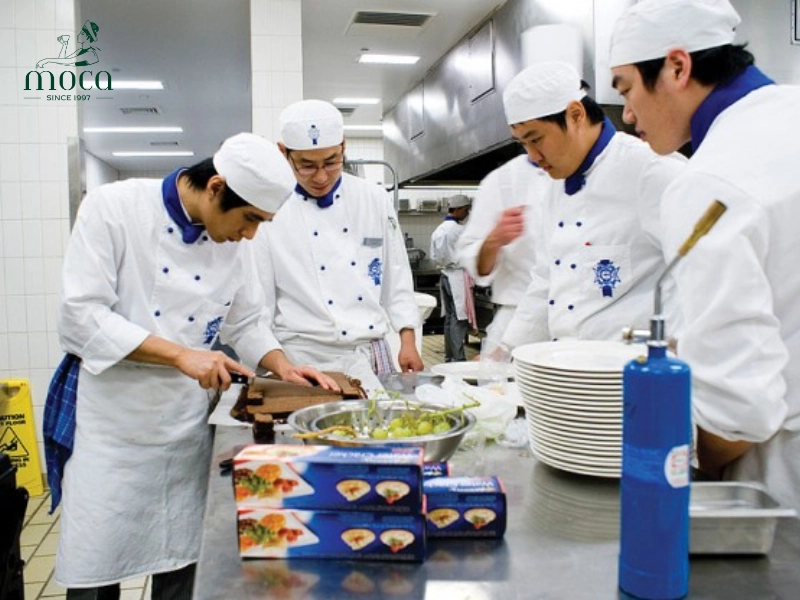
Culinary schools like Le Cordon Bleu and The Culinary Institute of America offer in-depth training, honing skills to Michelin-level perfection.
In summary, Michelin Chef Recipes are characterized by a commitment to fresh, high-quality ingredients, a mastery of fundamental techniques, a careful balancing of flavors, and an artful presentation. While the pursuit of Michelin-level cooking may seem daunting, the principles underlying these recipes are accessible to any home cook willing to learn and experiment. We encourage you to explore the resources mentioned, try your hand at adapting these recipes to your own tastes and preferences, and embrace the journey of culinary discovery. With practice, dedication, and a passion for excellence, anyone can bring a touch of Michelin magic into their home kitchen, creating memorable and inspiring dishes that delight the senses.
If you're looking for more reviews on Michelin stars restaurants, don't hesitate to check out Moca Dining for more insights!
For reservations and more information, simply visit Moca Dining’s official website or contact us directly. We're here to make your dining experience truly memorable.
Contact details
Moca Dining
16 Nha Tho, Hang Trong Ward, Hoan Kiem District, Hanoi
Tel: 0819961997 | 08.1997.2023
